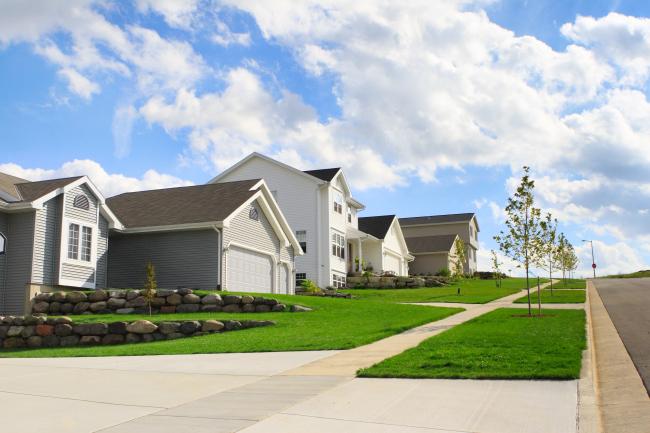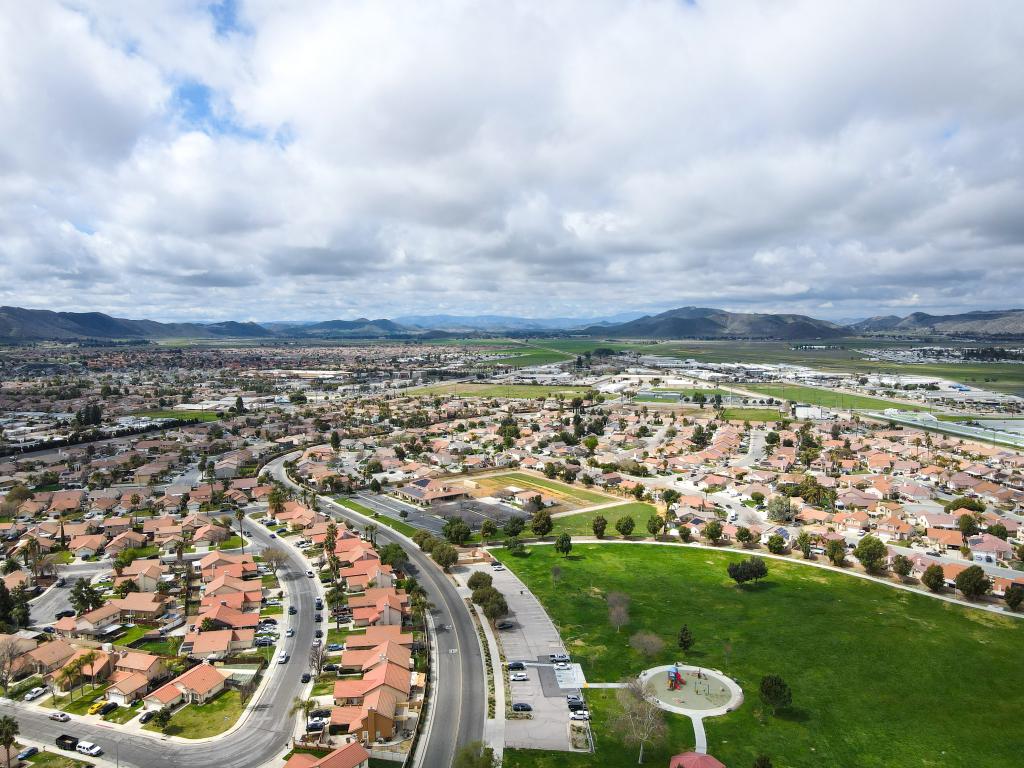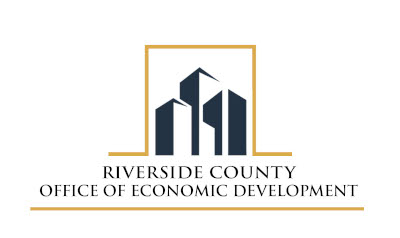Community Facilities Districts
A Community Facilities District (CFD) is a special tax district provided in State Law that funds public improvements and on-going services within an identified area. Parks, streets, sewer improvements, and public safety services are some of the public improvements and services that may be financed by a CFD.
History of Community Facilities District
In 1978, Proposition 13 was enacted by Californians, which limited the ability of many public agencies to finance new projects by limiting the tax rate on real estate to 1%, changing the value on property to their 1975 value and limiting the annual increase in value to 2% (except for a change in ownership). General Obligation Bond passage cannot fill the funding gap. Although General Obligation Bonds continued to be passed at the State and local levels, the need for funding could not be filled by this source of funds as Californians began to ask for new growth to pay for itself. In 1982, Senator Henry Mello and Assemblyman Mike Roos spearheaded the passage of the “Mello-Roos Community Facilities District Act of 1982.” This Act authorized local governments and developers to create Community Facilities Districts (CFDs) for the purpose of selling tax-exempt bonds to fund public improvements and collect revenues to pay for public improvements. Also authorized is the collection of revenue to fund services and maintenance.

Establishing A Community Facilities District
Riverside County Office of Economic Development establishes Community Facilities Districts (CFDs) utilizing Government Code 53311-53368.3 for maintenance of facilities and services.
Requirements of creating a CFD include, but not limited to: Application, Petition, Resolution of Intention including Rate and Method of Apportionment and Boundary Map, Resolution of Formation, Public Hearing, majority protest process, and recordation of Notice of Special Tax. Prior to the formation of a CFD, it must be approved by a two-thirds margin of the qualified voters within the proposed district boundaries. If there are fewer than 12 registered voters within the proposed boundaries, the vote may pass by the current landowners.
If you are interested in establishing a CFD, please submit a Special District Application and return to: Riverside County Office of Economic Development, Special Districts, Attn: Mike Franklin, 3403 10th Street, Ste. 400, Riverside, CA 92501.

CFD Annual Reports – Fiscal Year 2023/2024
|
|
Sequence of Events
The typical timeline for the formation of a CFD is approximately 6 months. Every project is different and may contain circumstances that change the sequence of events for formation of a Community Facilities District. With that disclaimer in mind, consider that the key step in the timing of any Mello-Roos proceedings is producing all required documents during the application process. The time to get necessary information can take anywhere from a few days to a few years.
For more information, please see the sequence of events.

Current Projects
Here are the latest updated CFD projects in Riverside County
Frequently Asked Question's
What is a CFD Special Tax?
A CFD special tax is levied on taxable property within a district area that is used to fund authorized public facilities and/or services.
When did the use of CFD's start?
Finding funding for local public facilities and services is very difficult. Particularly after the passage of Proposition 13 in 1978, cities and counties were severely limited in their ability to finance such things as parks, infrastructure, and police and fire services. Senator Henry Mello and Assemblyman Mike Roos proposed the Mello-Roos Community Facilities Act of 1982 (California Government Code §53311), which gave California local governments access to community funding with the requirement that two-thirds of the voters or landowners in the proposed district must approve the special tax.
How does a CFD special tax work?
Special taxes for a CFD are typically levied annually and are placed on the property tax bill issued by the County. The special taxes for CFDs created to finance authorized maintenance and services are levied to pay for the service provided (such as lighting, landscaping, police protection, drainage facilities, and maintenance of parks and trails, etc.).
Do CFD special taxes have a maximum amount?
All CFDs have maximum special tax amounts which cannot be exceeded. However, the amount of the special tax levied in a given year may be less than the maximum special tax rate. The amount of special taxes levied may fluctuate from year to year; however, they cannot exceed their annual maximum amount. Due to the fact that the annual CFD special taxes levied on a particular piece of property could be below the maximum special tax rate for that property, a potential buyer or seller of property should not rely on the amount shown on the property tax bill for disclosure purposes.
Do CFD maximum special taxes increase?
Typically, the maximum special taxes for CFDs that pay for ongoing services shall be increased annually based on the percentage increase in the Consumer Price Index, with a minimum annual increase of two percent (2%).
Does a CFD special tax decrease?
Property owners may be charged less than the maximum special tax or less than the prior year’s special tax depending on the revenue needs of the district.
When does the CFD special tax expire?
CFD special taxes that fund ongoing services such as street lighting, traffic signals, landscaping, police protection, fire suppression, or the maintenance of parks and trails do not have an expiration date and can be levied in perpetuity.
When and how are the CFD special taxes collected?
Special taxes are usually collected by the Riverside County Tax Collector as part of your property tax bill. The special tax is generally itemized under “Fixed Charge Assmts” on your tax bill. Under certain circumstances the County can elect to bill the property owners directly.
What happens if I don’t pay my property tax bill on time?
CFD special taxes are subject to the same penalties and interest that apply to regular property taxes.
Who do I contact with any questions related to maintenance CFDs?
Jason Aznoff • 951-955-9020 • JAznoff@rivco.org

